Minneapolis Fed President Neel Kashkari said yesterday, “I’ve said publicly that I could easily see us getting into the mid-4%s early next year.”
“But if we don’t see progress in underlying inflation or core inflation, I don’t see why I would advocate stopping at 4.5%, or 4.75% or something like that,” he added. “We need to see actual progress in core inflation and services inflation and we are not seeing it yet.”
“That number that I offered is predicated on a flattening out of that underlying inflation,” Kashkari said. “If that doesn’t happen, then I don’t see how we can stop.”




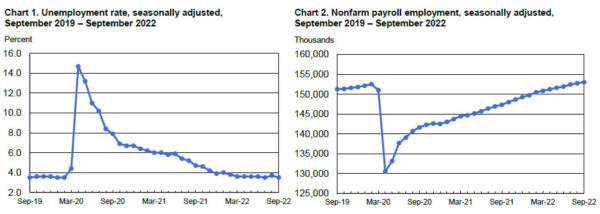
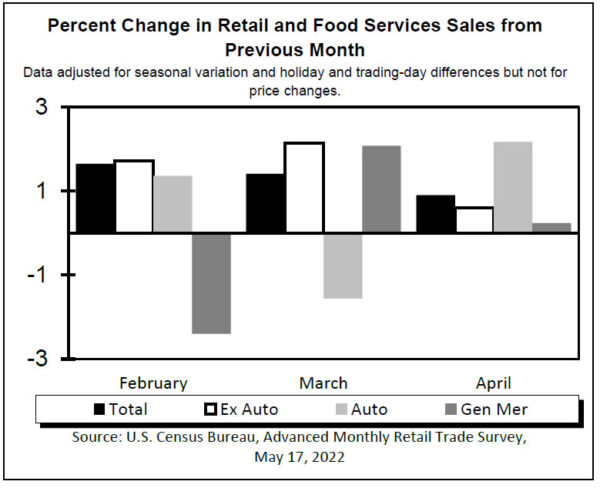
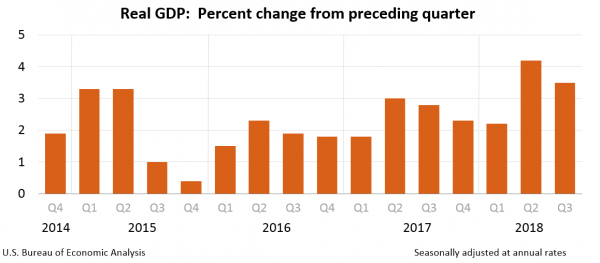
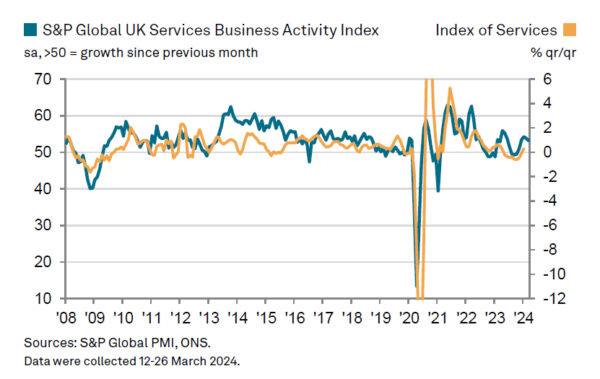
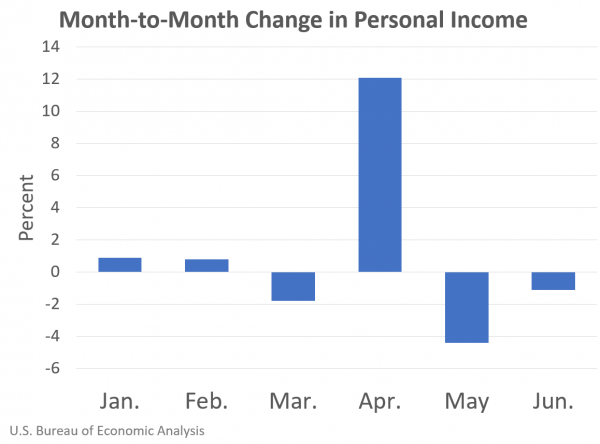
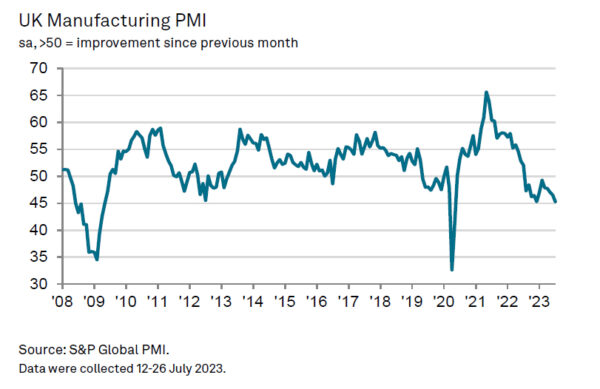
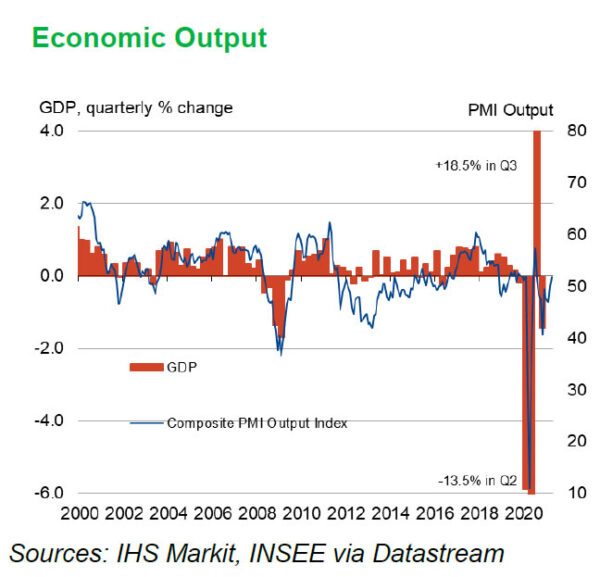
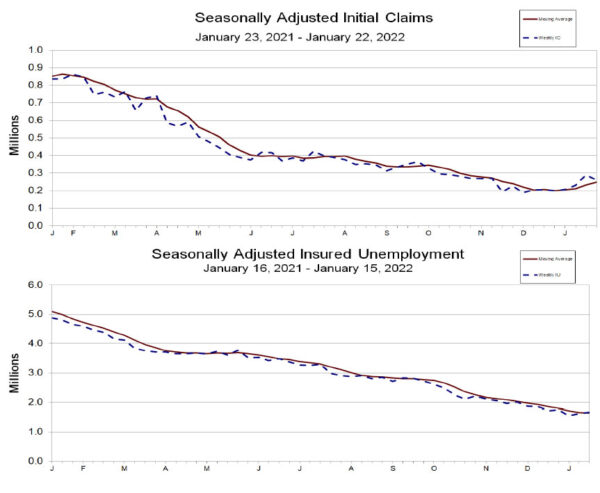
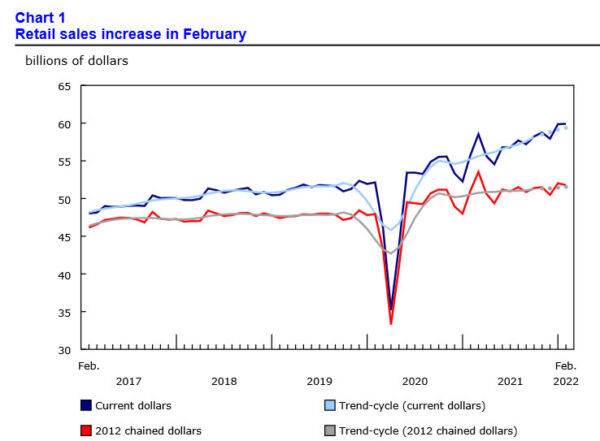
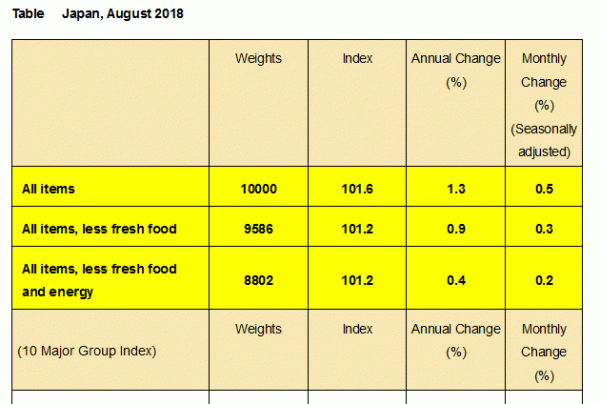
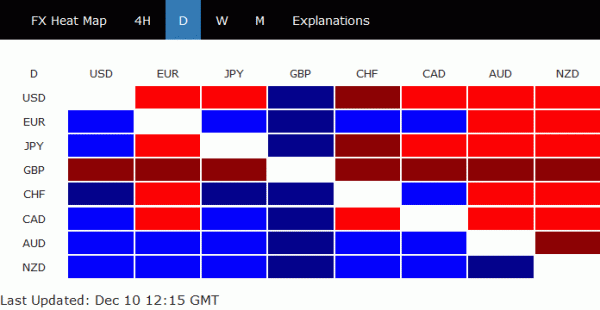
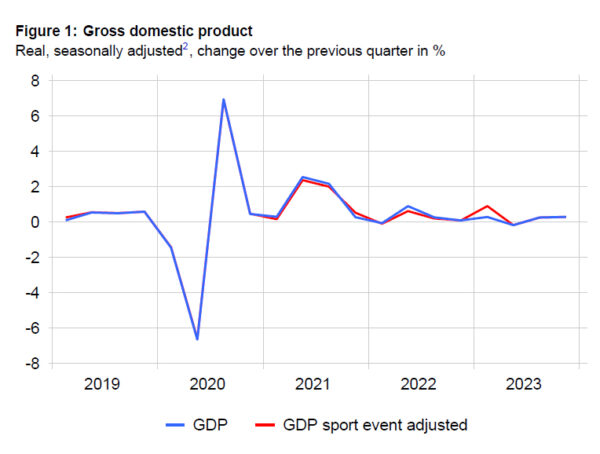
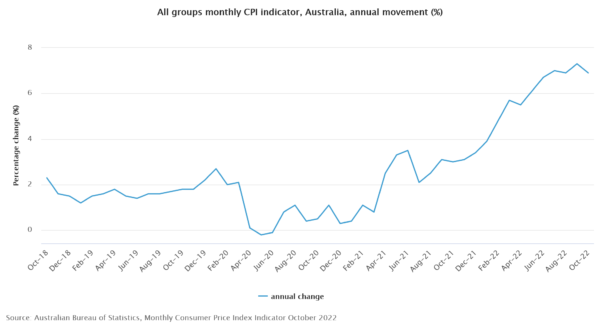

German GDP grew 0.4% in Q1 on domestic resilience, first ray of hope but uncertainty remains
Germany GDP grew 0.4% qoq in Q1, matched market expectation. That was also a significant improve over Q4’s 0.0% growth. The quarter-on-quarter comparison (price-, seasonally and calendar-adjusted) shows that positive contributions mainly came from domestic demand.
Fixed capital formation in construction and in machinery and equipment increased considerably. Household final consumption expenditure, too, increased substantially. However, government final consumption expenditure recorded a decline. And there were mixed signals regarding foreign trade; as both exports and imports increased.
Economy Minister Peter Altmaier said the growth figures were a “first ray of hope” following two quarters without expansion. However, he warned that ” international trade disputes are still unresolved”. He urged , “we must do everything possible to find acceptable solutions that enable free trade”.